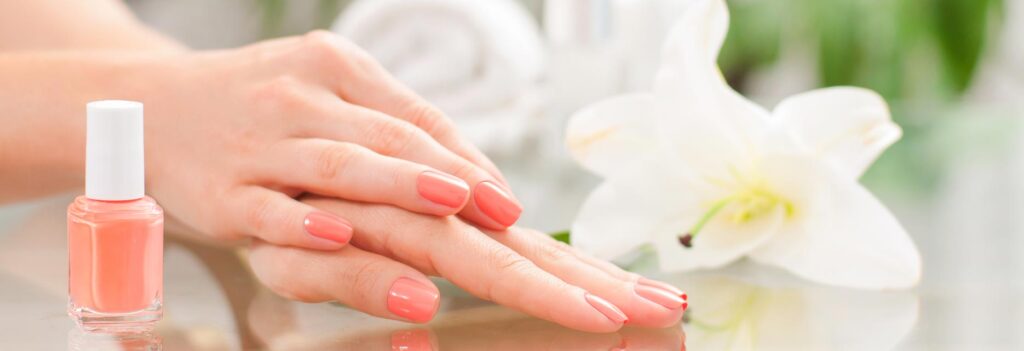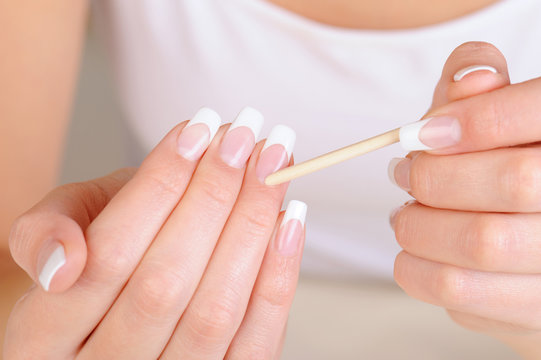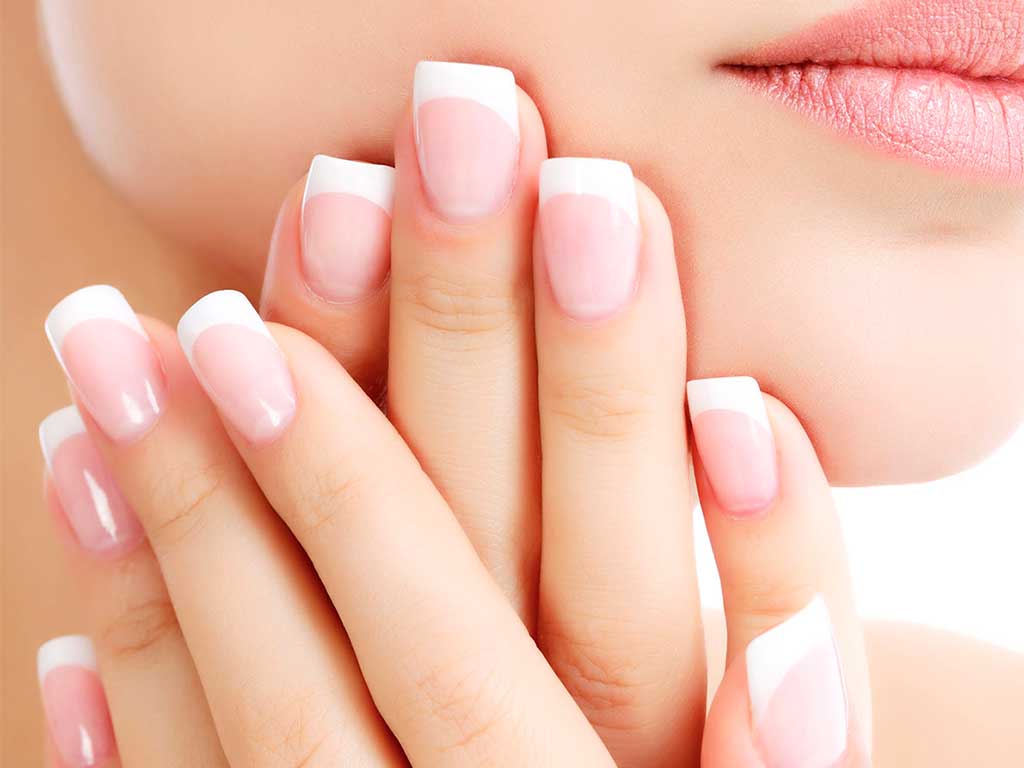cuticle care 101: Expert Tips for Healthy, Strong, and Beautiful Nails
Introduction
Healthy nails are not just about aesthetics; they reflect your overall well-being. One of the most overlooked aspects of nail care is cuticle maintenance. The cuticles serve as a protective barrier, shielding the nail matrix from infections and damage. However, neglecting them or improper handling can lead to dryness, peeling, and even painful infections. In this guide, we will explore expert-recommended cuticle care tips to keep your nails strong, healthy, and beautiful.#cuticle care
Understanding the Importance of Cuticle Care
The cuticle is the thin layer of skin at the base of your nail that acts as a seal, protecting new nail growth. Many people make the mistake of cutting or trimming their cuticles too aggressively, leading to potential infections and weakened nails. Proper care ensures hydration, prevents hangnails, and promotes healthier nails in the long run.#cuticle care
Common Mistakes in Cuticle Care
Before diving into the right methods, let's address some common mistakes people make when caring for their cuticles:
- Cutting Cuticles Too Short – Trimming too much can weaken the protective barrier and increase the risk of infection.
- Skipping Moisturization – Dry cuticles lead to peeling and cracking, making nails look unhealthy.
- Using Harsh Chemicals – Frequent use of acetone-based nail polish removers can dry out and damage the cuticle.
- Biting or Picking Cuticles – This bad habit can cause open wounds, leading to bacterial or fungal infections.
- Skipping Sunscreen – Just like skin, cuticles can be damaged by UV rays, leading to premature aging.#cuticle care
Best Practices for Healthy Cuticles
1. Moisturize Daily
Just like your skin needs hydration, your cuticles need nourishment to stay soft and healthy. Use cuticle oils, hand creams, or natural oils such as:
- Jojoba oil – Easily absorbed and deeply moisturizing.
- Coconut oil – Provides antibacterial properties along with hydration.
- Shea butter – Locks in moisture and soothes dry cuticles.
- Vitamin E oil – Promotes healing and prevents cracking.
Apply these oils before bedtime and gently massage them into your cuticles for maximum absorption.
2. Avoid Cutting Your Cuticles
Instead of cutting them, push them back gently using a wooden cuticle pusher or an orangewood stick. This helps maintain a neat appearance without damaging the protective barrier.#cuticle care
How to Properly Push Back Cuticles:
- Soak your hands in warm, soapy water for about 5 minutes to soften the cuticles.
- Apply cuticle oil or a moisturizing lotion.
- Use a gentle cuticle pusher to push back the cuticles in small, circular motions.
- Wipe away any excess skin with a soft towel.
3. Protect Cuticles from Harsh Chemicals
Household cleaners, detergents, and nail polish removers containing acetone can strip moisture from your cuticles, making them brittle. Here’s how to protect them:#cuticle care
- Wear gloves while washing dishes or cleaning.
- Use acetone-free nail polish remover.
- Apply a protective layer of hand cream after exposure to chemicals.
4. Maintain Proper Nail Hygiene
- Trim your nails regularly to prevent dirt accumulation.
- Keep your cuticles clean by washing your hands with a gentle soap.
- Avoid using metal tools that can be too harsh on delicate cuticle skin.
5. Use a Nail and Cuticle Mask
Just as face masks rejuvenate the skin, a nail and cuticle mask can repair and hydrate cuticles. You can either buy a store-bought mask or create a DIY cuticle mask using:
- 1 teaspoon honey (natural humectant)
- ½ teaspoon olive oil (deeply hydrating)
- 1 vitamin E capsule (for repair)
Mix the ingredients and apply them to your cuticles. Leave for 10-15 minutes, then rinse with lukewarm water.
6. Stay Hydrated and Eat a Balanced Diet
Healthy cuticles start from within. Make sure your diet includes:
- Biotin-rich foods (eggs, nuts, salmon) to strengthen nails.
- Omega-3 fatty acids (flaxseeds, walnuts) to keep skin and cuticles hydrated.
- Vitamin C (citrus fruits, bell peppers) for collagen production.
- Iron (spinach, red meat) to prevent brittle nails.
Drinking plenty of water also keeps your nails and cuticles moisturized from the inside out.
7. Give Your Nails a Break from Polish
Frequent use of nail polish and acrylic nails can weaken cuticles over time. Give your nails a break every few weeks to allow them to breathe and recover naturally.#cuticle care
8. Protect Cuticles from the Sun
Just like your skin, your cuticles can suffer from UV damage. Apply a hand cream with SPF to protect against sun exposure, especially if you spend a lot of time outdoors.
9. Be Gentle with Your Nails
- Avoid using nails as tools (e.g., opening cans, scratching off stickers).
- Wear gloves in cold weather to prevent dryness and cracking.
- Do not peel off nail polish; use a proper remover instead.
When to See a Dermatologist
If you notice any of the following issues, consult a professional:
- Red, swollen, or painful cuticles – Signs of infection.
- Pus or drainage – Could indicate a bacterial or fungal infection.
- Severely cracked or bleeding cuticles – May require medical intervention.
- Nail discoloration – Could be a sign of an underlying health condition.
Conclusion
Proper cuticle care is essential for maintaining strong, healthy, and beautiful nails. By following these expert tips—moisturizing daily, avoiding harmful chemicals, eating a balanced diet, and being gentle with your nails—you can achieve well-maintained cuticles that enhance the overall health of your nails. Incorporate these habits into your routine, and your nails will thank you!
By prioritizing cuticle care, you’re not just improving your nail appearance but also boosting nail strength and preventing infections.#cuticle care


:max_bytes(150000):strip_icc()/ins-best-cuticle-oils-tout-d3bb406f129a4914b259b447ff49abfe.jpg)

